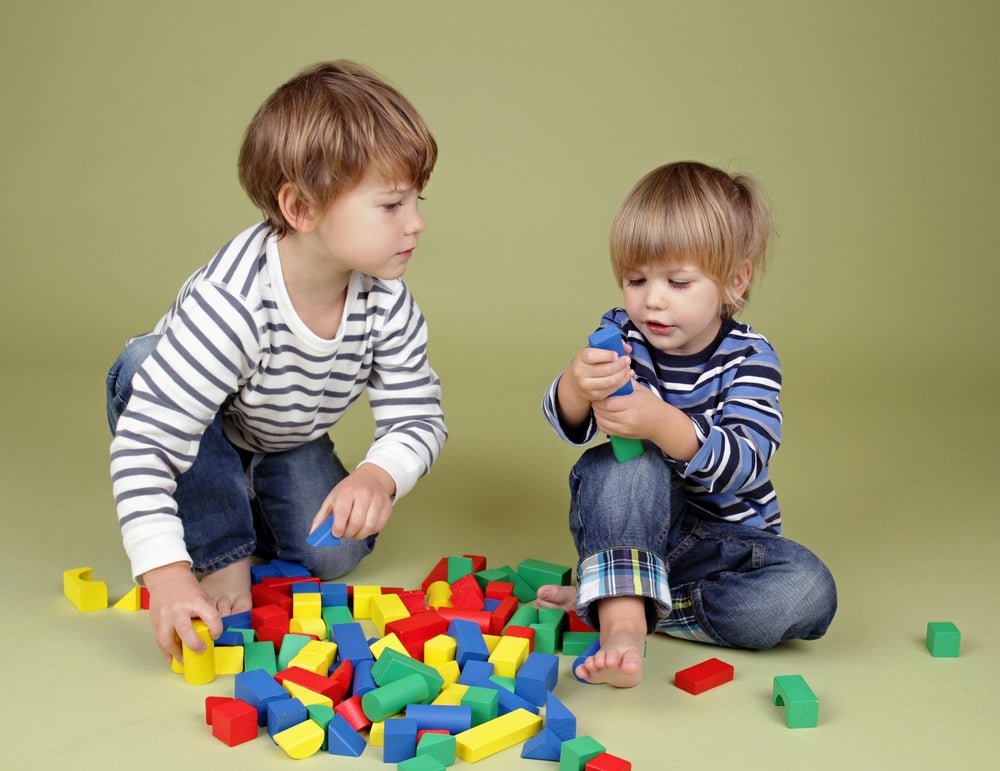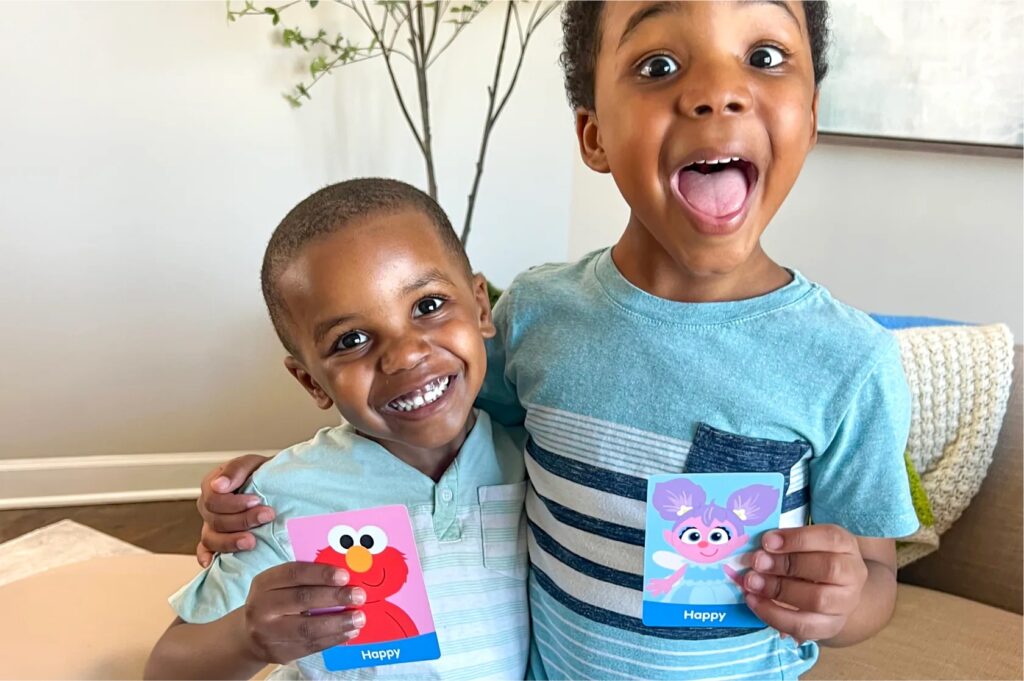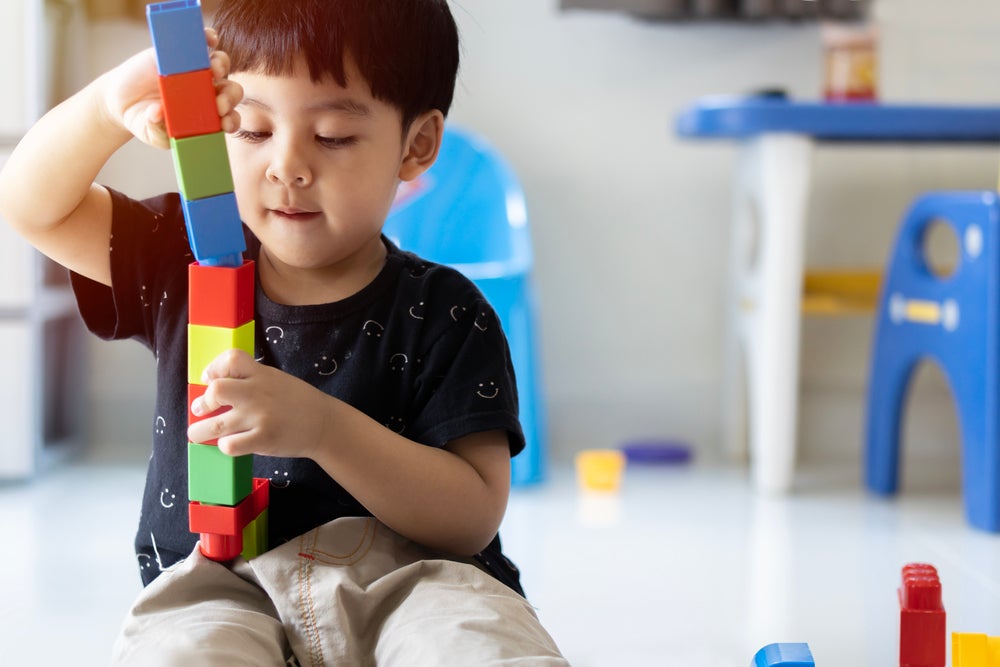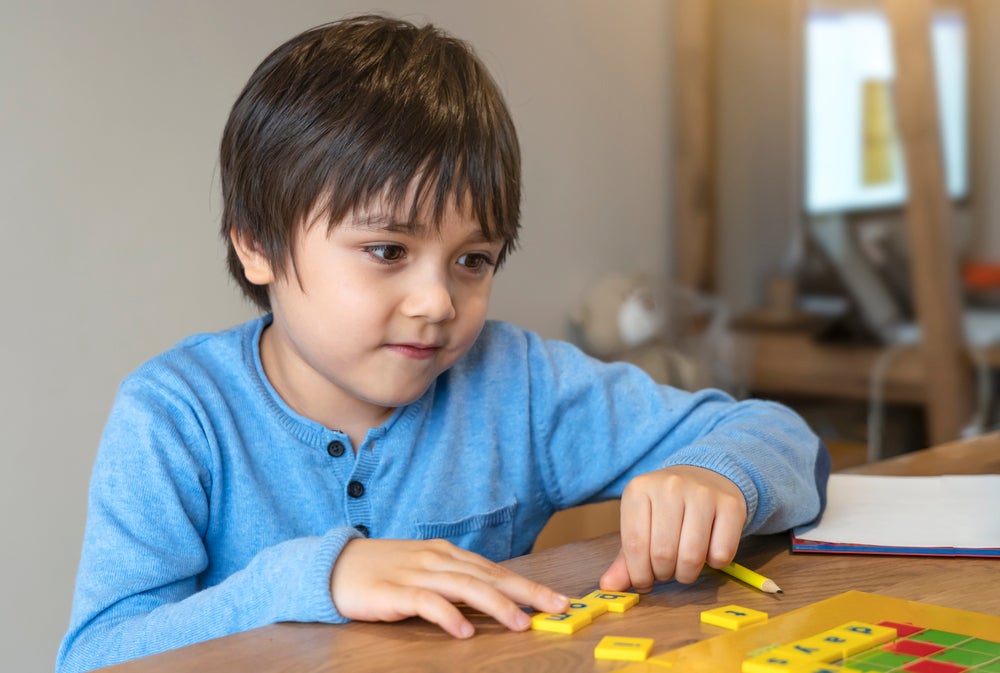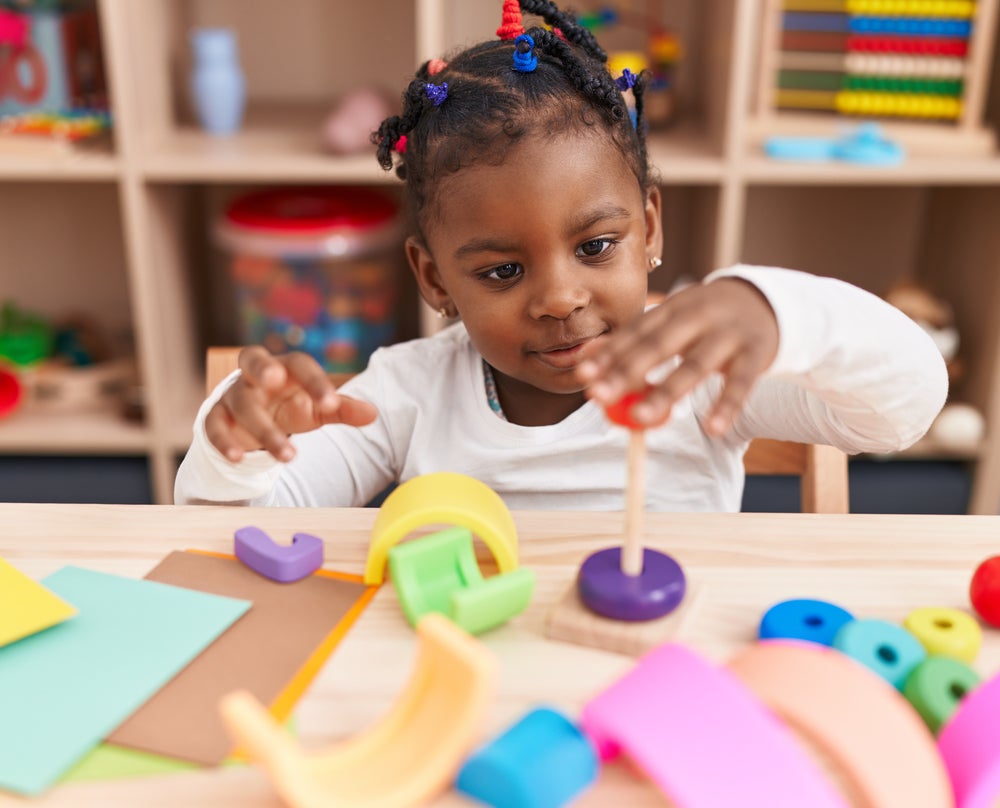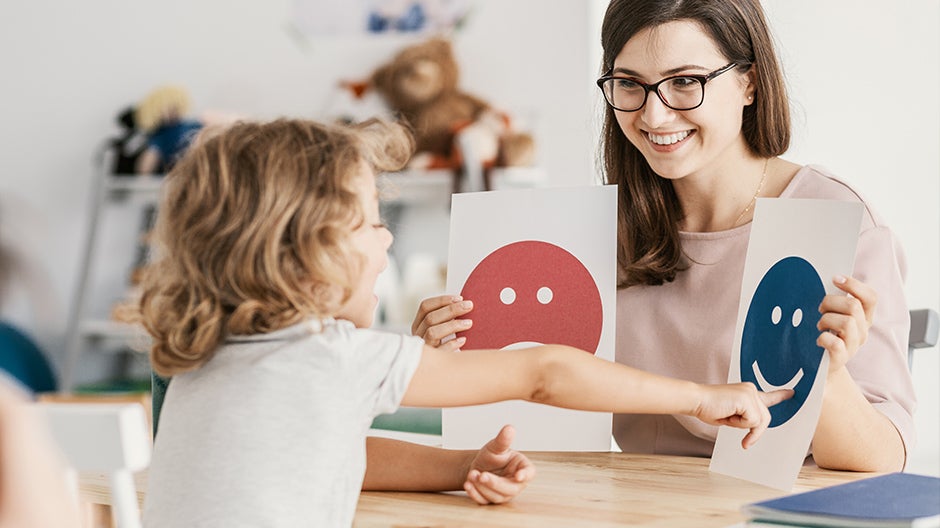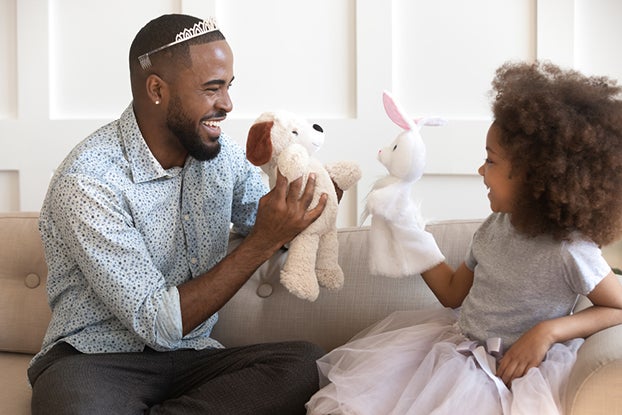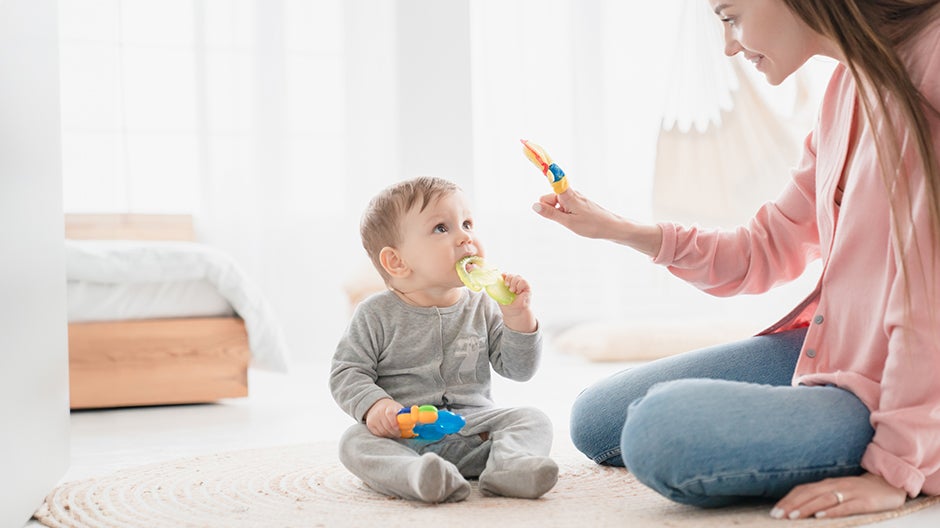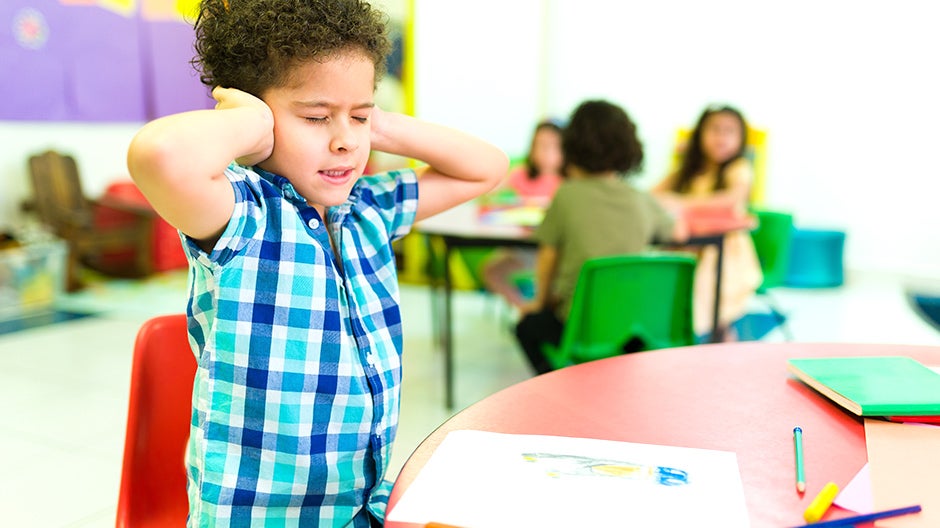Learning mathematical skills is a vital part of early childhood development. And understanding ordinal numbers and how they work is part of building this competency. You can help make learning ordinal numbers for kids fun and interactive with the right activities.
But before we dive deeper into what ordinal numbers are and how you can assist your child with learning them, it’s important to know that we use them in our everyday lives.
This means your child has probably already come across this numerical concept, even though they may not know how to put it into words yet.
To help your young learner reach a stage where they fully comprehend and can use these numbers correctly, we’ve prepared nine effective activities for you to try at home.
Let’s begin!
Table Of Contents
- What Are Ordinal Numbers?
- Ordinal Vs. Cardinal Numbers
- Tips For Teaching Ordinal Numbers To Kids
- 9 Activities To Learn Ordinal Numbers For Kids
What Are Ordinal Numbers?
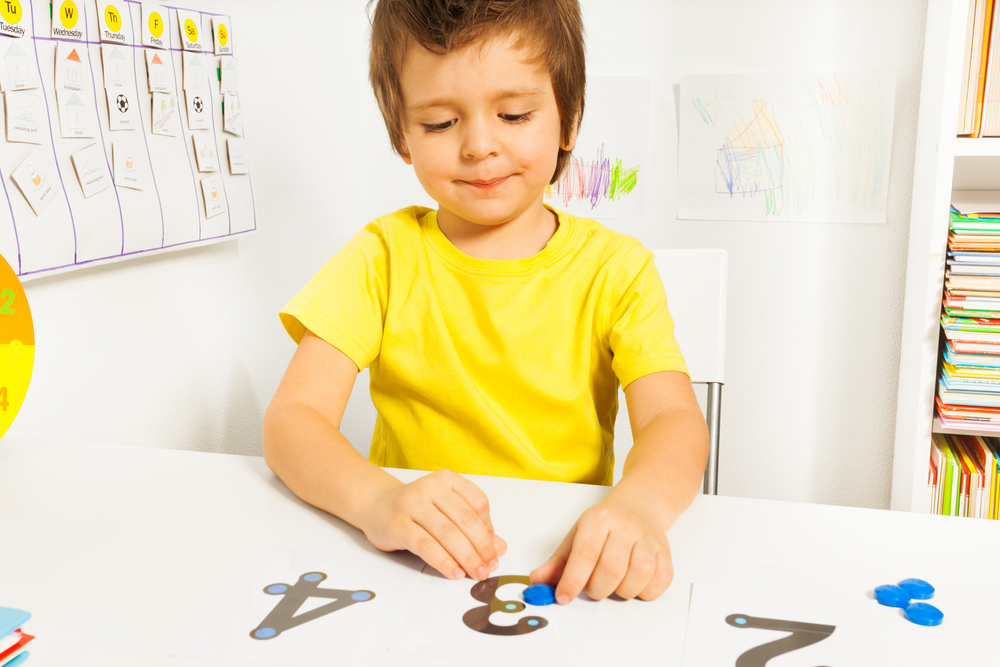
Ordinal numbers help us communicate the order of objects in a series. For example, first, second, third, and so on.
In theory, this sounds easy, but explaining it to children can be a little challenging. For instance, you can show a child the number “2,” and they may be able to understand what it means to have two of something (e.g., two eyes, two ears).
But when we talk about ordinal numbers, second (the ordinal number) is very different from two (the integer).
That’s because these numbers are not just about counting — they are more about things in relation to one another. And we have to look at a whole series or set for us to determine which object is first, second, third, etc.
The good news? Most children come across these types of numbers when watching a race or playing a game. They may be able to say:
Tommy came first.
Suzi was second.
Lorna was third.
Mike was last.
Children also spend a lot of time working with ordinal numbers in their early years at school because they connect with other critical mathematical concepts, such as sequencing and counting. So, helping your child understand them is part of a good foundation.
Why Are Ordinal Numbers Important To Learn?
As an adult, you likely use ordinal numbers without even thinking about it. You may say things like:
- Turn at the fourth house on the left.
- The party is on the fifth of July.
- January is the first month of the year.
Using ordinal numbers allows you to communicate specific information and instructions accurately. Without them, some conversations would be unclear or confusing.
In addition to these language skills, understanding ordinal numbers helps children develop higher-order thinking skills. They learn to think about objects in relation to one another and realize that an item can have different values depending on its position or rank.
This lays the foundation for more complex mathematical concepts, like fractions and decimals. Math is an important core skill, one of the 5 C’s — core skills, creativity, critical thinking, curiosity, and character — at the heart of the Begin Approach to helping kids thrive in school and life.
How Do You Write Them?
There are many different ways to write numbers, depending on what you are trying to show or solve. In the case of ordinal numbers, here are a few things to consider.
Let’s take a look at the first 10 ordinal numbers:
- First (1st)
- Second (2nd)
- Third (3rd)
- Fourth (4th)
- Fifth (5th)
- Sixth (6th)
- Seventh (7th)
- Eighth (8th)
- Ninth (9th)
- Tenth (10th)
From the above list, you can see that we write ordinal numbers by using the last two letters of the word. For example, fifth = 5th.
When looking at compound numbers, we apply the following:
- Numbers ending with 1: Only add “st” (e.g., twenty-first = 21st, thirty-first = 31st)
- Numbers ending with 2: Only add “nd” (e.g., twenty-second = 22nd, thirty-second = 32nd)
- Numbers ending with 3: o/Only add “rd” (e.g., twenty-third = 23rd, thirty-third = 33rd)
- Numbers ending with 4, 5, 6, 7, 8, 9, or 0: Only add “th” (e.g., twenty-fourth = 24th, thirty-fifth = 35th)
Some people add “ly” at the end of an ordinal number when it’s written out (e.g., firstly, secondly, thirdly, etc.). However, when dealing with larger numbers (from 9th upwards), it’s best to avoid the “ly” altogether.
Ordinal Vs. Cardinal Numbers

We can’t look at ordinal numbers without also identifying what cardinal numbers are and how they relate.
In a nutshell, cardinal numbers tell us how many there are of something. For example, you have two ears. We also use these numbers for counting. Ordinal numbers, on the other hand, tell us the order of things in a set. For example, Timothy is second in the line.
Distinguishing between these two concepts can sometimes be tricky, especially for young learners. For instance, they might say, “The number three question was so easy,” instead of, “The third question was so easy.”
Activities are a great way to help our children identify the differences between these two concepts. With that in mind, here’s our list of eight fun and effective games you can play with your child at home!
But first, let’s look at some tips for presenting this concept to younger learners.
Tips For Teaching Ordinal Numbers To Kids
When teaching your child about ordinal numbers, here are some tips that can make the learning process more fun and engaging.
Use Real-Life Examples
Ordinal numbers are all around us, so it’s easy to incorporate them into daily activities. For example, while waiting to check out at the grocery store, you can ask your child to identify who’s first, second, or third in line.
Or, when climbing the stairs to your apartment, you can tell them to go ahead and wait patiently on the fifth step.
You can also ask questions that use ordinal numbers, such as:
- What’s the first thing you do when you wake up?
- What’s the third letter of the alphabet?
- Who is the second youngest person in the family?
- What holiday is on the first day of the first month of the year?
- Who is your second favorite character in this TV show?
These real-life examples make learning more relatable and help children understand the practical use of ordinal numbers.
Order Your Routine
Another way to practice ordinal numbers is by writing down your routine. This could be any part of your day, from getting out of the door in the morning to the bedtime routine before lights out.
As you write your routine down, use ordinal numbers to label each step. For example, here’s a simple bedtime routine:
First: Brush your teeth
Second: Put on pajamas
Third: Pick a book to read together
Fourth: Say goodnight
You could even have your child illustrate each step of the routine to help them remember the order. This makes learning ordinal numbers more personal.
Use Visual Aids
Some children learn better through visual aids, so using objects or images to illustrate the concept of ordinal numbers can be helpful.
Number lines, blocks, or stuffed animals lined up in a row can help your child visualize and understand the concept better.
Give your child time to free play with these visual aids and experiment with them. As they do, ask them to identify which object is first, second, or third. This hands-on approach helps make the lesson more memorable for younger learners.
Read Books About Ordinal Numbers
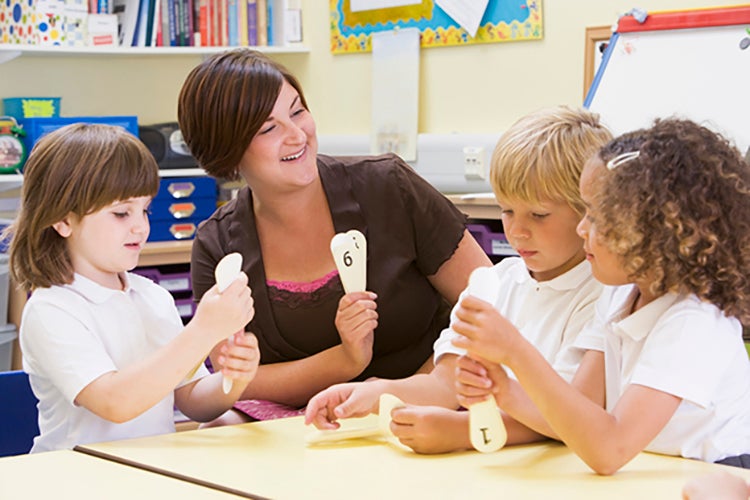
Several children’s books have ordinal numbers sprinkled throughout the pages. Pick up a few to read together, and discuss the mathematical concepts in a fun and interactive way.
Some popular options include:
- 10 Little Rubber Ducks by Eric Carle
- Henry The Fourth by Stuart J. Murphy
- The Biggest Fish by Sheila Keenan
- First, Second by Daniil Kharms
- Noel the First by Kate McMullan
Then, for even more practice, ask your child to retell the story in their own words. As they sequence the plot’s main events, they’ll be using ordinal numbers in a different way.
Integrate Technology
In today’s digital age, educational apps can help reinforce learning in a fun and interactive way.
For example, the HOMER app lets your child engage in playful math experiences to help them practice ordinal numbers and many other mathematical concepts.
Combining the HOMER app with the HOMER Early Learning Kits from Little Passports can provide your child with hands-on learning tools to explore and master ordinal numbers and more.
Practice Often
Young learners tend to have short attention spans. It’s better to spend a few minutes each day practicing ordinal numbers than trying to cram it all into one long session.
9 Activities To Learn Ordinal Numbers For Kids
Kids learn best through play, so use these fun activities to help your child develop a strong understanding of ordinal numbers.
1) Toy Lineup
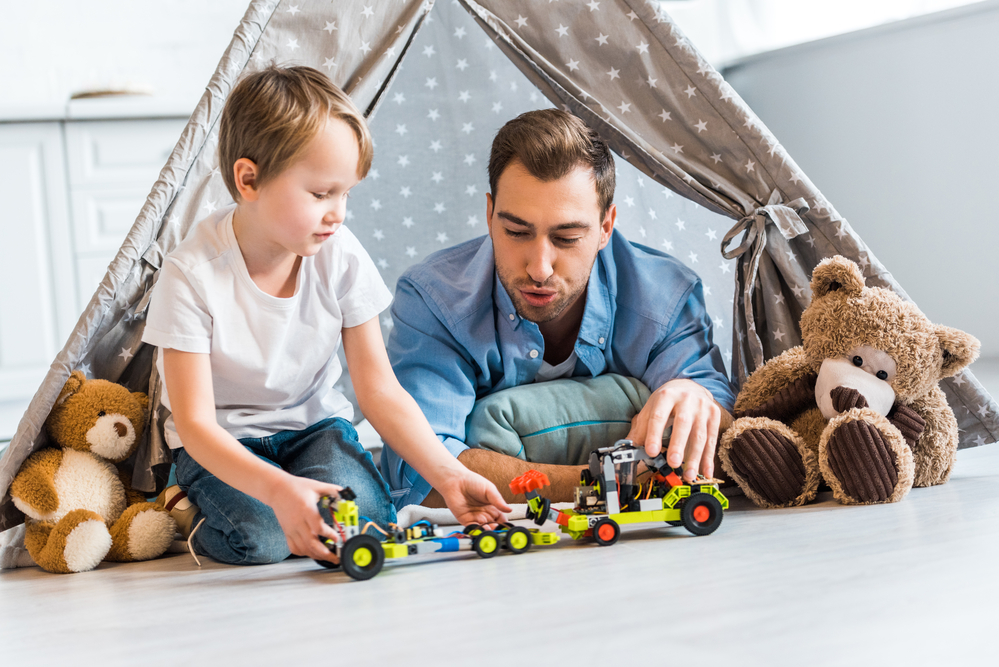
What You’ll Need:
- Index cards
- Marker
- Any toys of your choice
What To Do:
The simplest way to introduce ordinal numbers to children is by placing some of their favorite toys in a line.
For this activity, you can use anything — dolls, toy cars, trains, legos — basically, anything you have an abundance of. After placing these items in a line, write ordinal numbers on your index cards (one number on each card).
To start playing, hand your child the index cards. Then, have them match the correct number card with each toy. For example, if they point at the fourth toy, they need to show you the card labeled “4th.”
You can start with just three to five items and, as they improve their skills, increase the line to 10 items or more.
This is a great way for children to get comfortable with what ordinal numbers look like in their numerical form.
2) Change The Lineup
What You’ll Need:
- Index cards
- Marker
- Any toy of your choice
What To Do:
As the name suggests, this activity is all about changing the positions of your lined-up objects. You can use the same toys you used in the previous game.
Start with changing the position of one object. For example, move one item from the third to the last spot. Then, ask your child:
Which toy is third in line now?
Which toy is last in line now?
Continue moving just one object at a time, and encourage your child to re-evaluate their positions.
This game allows children to grasp that just one change is enough to influence the whole series. It also encourages them to think beyond memorization. As you switch things up, they’ll have to focus on which object is now the first, second, third, and so on.
3) Story Plot Map
What You’ll Need:
- A sheet of paper
- Marker
What To Do:
To begin, draw four boxes on your sheet of paper and label them with ordinal numbers (1st, 2nd, 3rd, and 4th). Next, tell a story in parts. For example, it might look something like this:
First, a girl named Emily wanted to get a cat.
Second, she went to a store and found the cutest little kitty.
Third, she asked her parents to get the cat.
Fourth, they told her…
You can also write (or help your child write) what happens in each box as you tell the story. (So, “First, a girl named Emily wanted to get a cat” would go in the box labeled “1st”).
Point to each box as you tell that part of the story to give a visual representation of the events and emphasize the ordinal numbers (e.g., first, second, and so on).
Your story can take any direction you wish, and you can also encourage your child to give their input on what happens next.
One challenge with this game is ending the story on the last box. If there are four boxes, for example, then the fourth has to end it all. We recommend beginning by modeling all four boxes yourself first.
After that, your child thinks of box one, you get box two, they get box three, and you conclude the story for box four. After trying this a few times, let your child try the fourth box.
4) Color The Rainbow
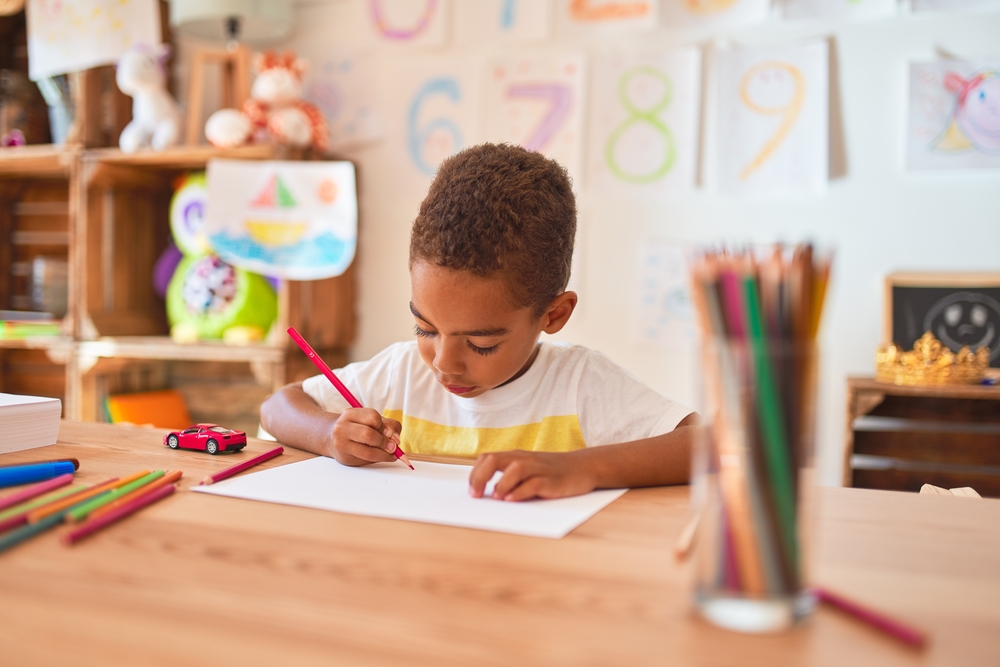
What You’ll Need:
- White sheet of paper
- Pencil
- Crayons
What To Do:
Start by drawing eight lines in the shape of a rainbow on your sheet of paper. Then, hand the paper to your child. To play, have them listen to and follow directions as you tell them which stripe to color in.
For example:
Color the third stripe green.
Color the fifth stripe orange.
Continue giving instructions until the rainbow has all of its seven colors.
Don’t be surprised if your child has to count each time they color in a stripe. This is all part of practicing and learning as they go, and this activity reinforces that ordinal numbers are about looking at the order of a whole set.
5) Wrong Order
What You’ll Need:
- Index cards
- Marker
What To Do:
Start by writing 1st-10th down on your index cards (one number on each card). Then, shuffle the cards and line them up in the wrong order. Very simply, the object of the game is for your child to place the cards in the correct order.
They might need a little help in the beginning, but as they get more comfortable, you can add a timer to keep things interesting: Let’s see if you can line these up in their correct order in under 30 seconds!
This is a great activity for children to practice identifying ordinal numbers in their numerical form (1st, 2nd, 3rd, etc.).
6) Ordinal Number Obstacle Course
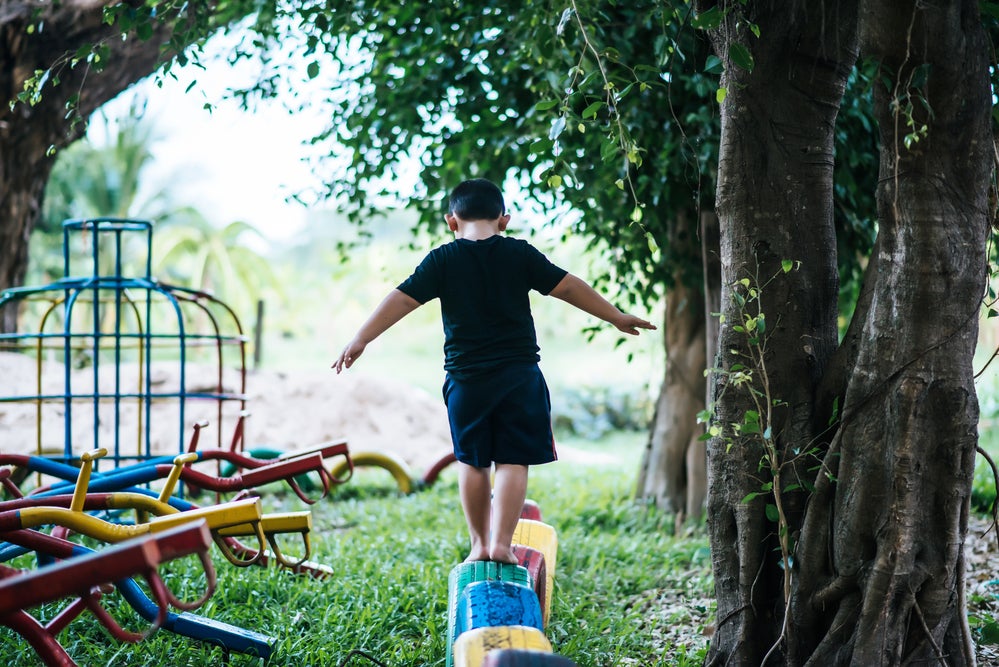
What You’ll Need:
- Any open space with room to move (living room, backyard, etc.)
- Obstacles (pillows, hula hoops, balls, swing set)
What To Do:
Set up an obstacle course with different objects, such as pillows to jump over, swings to swing in, hula hoops to crawl through, or balls to throw.
Start the obstacle course by giving your child simple ordinal directions, like crawl through the first hoop or swing on the second swing.
After a few successful runs, make it more challenging by adding in multistep directions, such as jump over the second pillow, crawl under the first hoop, sing the ABCs while swinging on the first swing, and then throw the ball into the fourth basket.
This activity reinforces ordinal numbers and helps with following directions and physical coordination.
7) Taxi To Tenth Street
What You’ll Need:
- Toy cars or any small toys that can be used as “taxis”
- Paper and crayons for creating a simple city “map” with numbered streets
What To Do:
Bring some pretend play into your ordinal number lessons with this creative activity. Start by designing a simple city map with numbered streets and buildings. Make your streets large enough for toy cars to drive comfortably on them.
Once you finish your map, have your child use the toy cars as “taxis” to transport passengers to different locations in the city based on a given address. For example, ask them to take the purple taxi to 5th Avenue and then drop off the passenger at 10th Street.
You can easily adapt this activity for different skill levels by using simple or more complex addresses. You can also add obstacles or detours to make it more challenging.
This activity encourages imaginative play surrounding ordinal numbers and helps your child develop spatial awareness skills. Plus, who doesn’t love playing with toy cars on a fun customized map?
8) Scavenger Hunt
What You’ll Need:
- Paper
- Pen
- Random items around your home or backyard
What To Do:
Create a list of items for your child to find around your home or yard. Each one should incorporate an ordinal number.
Here are some examples to get you started:
- The fourth book on the second shelf
- A leaf from the first tree on the left side of the yard
- The sixth spoon in the utensil drawer
- A pen from the third drawer from the bottom of the desk
Try to mix things up and include both easy and challenging items. Once your list has about five items, you’re ready to send your child off to find each one. If needed, you can give hints about where to look.
Once they find all the items, have your child bring everything back and line them up in order from first found to last. That gives them one more chance to practice their ordinal number skills before returning everything to its proper location.
9) Cooking With Ordinal Numbers
This is the recipe to make mini pizzas together, but feel free to swap out the idea for anything you’d like to prepare with your child.
What You’ll Need
- English muffins
- Pizza sauce
- Shredded cheese
- Various toppings (pepperoni, ham, pineapple, etc.)
- Baking sheet
- Spoon
- Oven
- Oven mitt
What To Do:
Begin by discussing each ingredient and its order of use. For example, we’ll use the English muffin first since it’ll be the “crust” of the pizza. Then, ask your child to gather each ingredient in the order you call for.
Once all the ingredients are found, walk your child through the process of making the mini pizzas. Use ordinal numbers to explain each step. For example, you can say:
- First, have a grownup turn on the oven to 375 degrees Fahrenheit
- Second, put half of an English muffin on the baking sheet
- Third, spread the pizza sauce onto the English muffin
- Fourth, sprinkle cheese over the sauce
- Fifth, add your desired toppings on top of the cheese
- Sixth, ask a parent to put the baking sheet in the oven using an oven mitt
- Seventh, let the pizza bake until the cheese is bubbly and the edges are brown, about ten minutes
- Eight, ask a grownup to take the pizza out of the oven on the baking sheet
- Ninth, turn the oven off
- Tenth, let the pizza cool slightly and enjoy!
With this ordinal numbers for kids activity, your child will get to practice their math skills and make themselves a snack to eat.
Ordinal Numbers Are Anything But Ordinary!
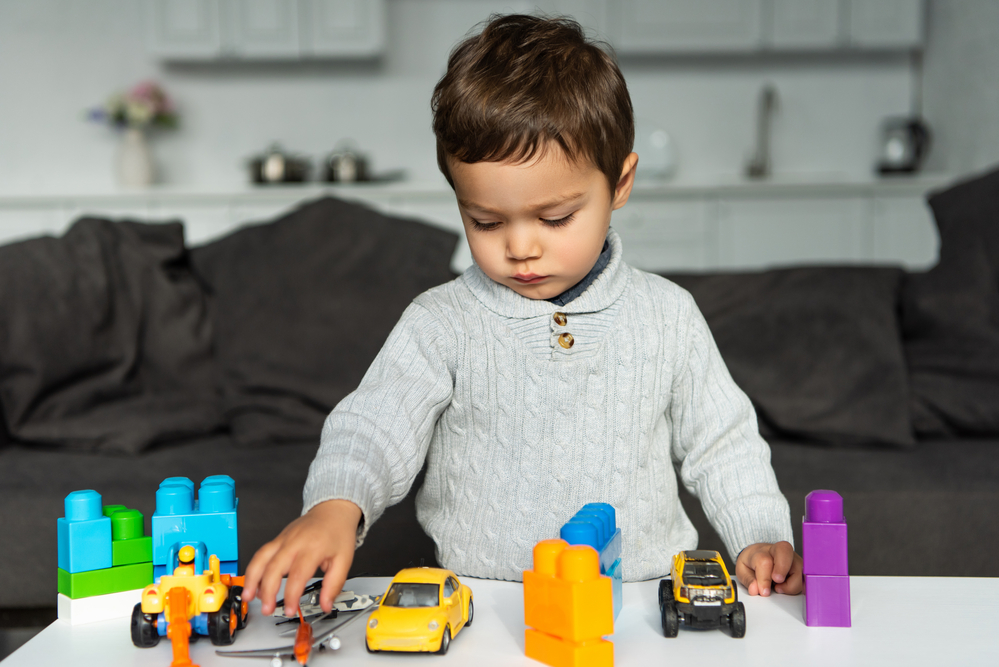
While we may use the concept and language of ordinal numbers every day, there’s nothing ordinary about them.
While we may use the concept and language of ordinal numbers every day, there’s nothing ordinary about them.
And as you can now see, helping children learn to correctly identify these numbers is crucial because they form part of other important concepts, such as sequencing. The above activities allow your child to work on and solidify their knowledge of ordinal numbers with you at home.
In addition, our Wacky Slide game from the HOMER app is specially designed to help reinforce the fundamentals of understanding and working with ordinal numbers.
By using these activities — and with lots of time and practice — your young learner will be an ordinal number pro in no time!

